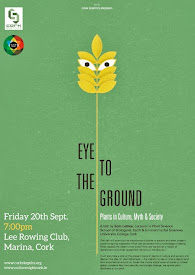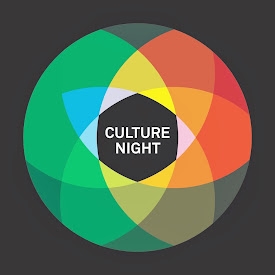Christmas Science 15: Solstice and Eclipse
In the run up to Christmas, Communicate Science offers you 20 Christmas Science Facts. We'll post one every day until the 25th December.
Solstice and Eclipse
The 2010 winter solstice will take place in the Northern Hemisphere tomorrow (December 21st) at 23.38pm (Irish Time/Greenwich Mean Time). The winter solstice occurs when the Earth's axial tilt is furthest away from the sun and lasts for just a moment and marks the shortest day and longest night of the year.
This year, the winter solstice coincides with a total lunar eclipse. According to Astronomy Ireland, from 6:32am tomorrow morning, you will be able to see the Moon gradually get darker as Earth's shadow is cast upon it, culminating at 7:40am when the Moon will have enters totality. The full moon will be seen to turn red as this eclipse takes place.
This change in colour is caused by the Moon entering the Earth's shadow, but with light from the sun getting to its surface through our atmosphere. Since the Earth's atmosphere blocks out the blue light, the observed colour of the Moon can change radically.
It is very rare for these two events to coincide, and with clear skies forecast for many areas, it's a great excuse to get up early, wrap up warm and watch one of the greatest events in the solar system.
If you get any pictures of the eclipse or of tomorrow's sunrise on the shortest day of the year, send them here and I'll post them tomorrow.
Solstice and Eclipse
The 2010 winter solstice will take place in the Northern Hemisphere tomorrow (December 21st) at 23.38pm (Irish Time/Greenwich Mean Time). The winter solstice occurs when the Earth's axial tilt is furthest away from the sun and lasts for just a moment and marks the shortest day and longest night of the year.
This year, the winter solstice coincides with a total lunar eclipse. According to Astronomy Ireland, from 6:32am tomorrow morning, you will be able to see the Moon gradually get darker as Earth's shadow is cast upon it, culminating at 7:40am when the Moon will have enters totality. The full moon will be seen to turn red as this eclipse takes place.
This change in colour is caused by the Moon entering the Earth's shadow, but with light from the sun getting to its surface through our atmosphere. Since the Earth's atmosphere blocks out the blue light, the observed colour of the Moon can change radically.
It is very rare for these two events to coincide, and with clear skies forecast for many areas, it's a great excuse to get up early, wrap up warm and watch one of the greatest events in the solar system.
If you get any pictures of the eclipse or of tomorrow's sunrise on the shortest day of the year, send them here and I'll post them tomorrow.

























0 comments:
Post a Comment